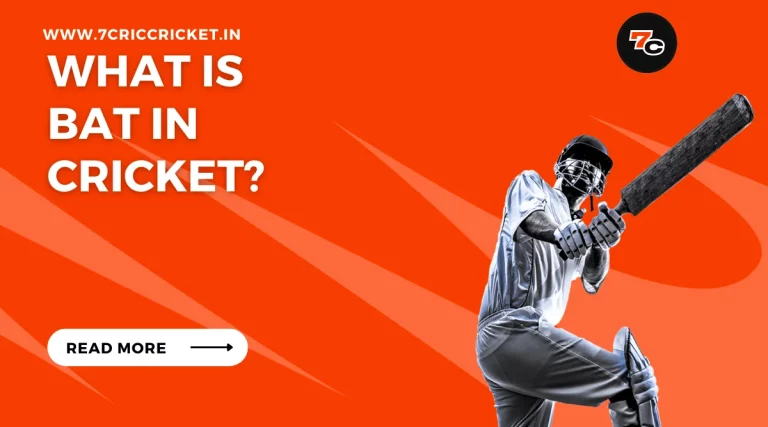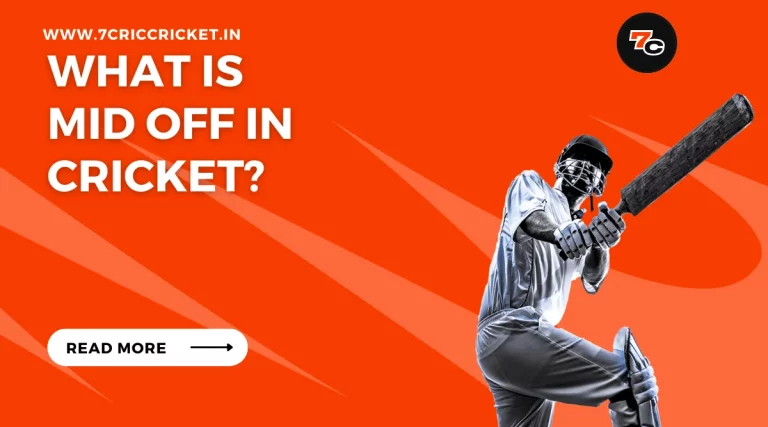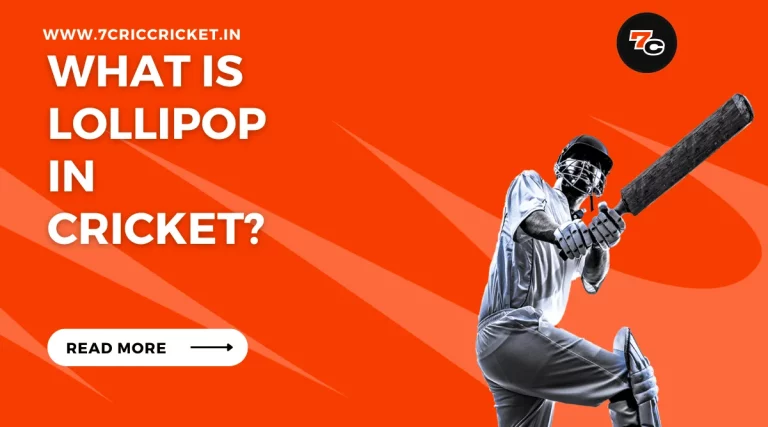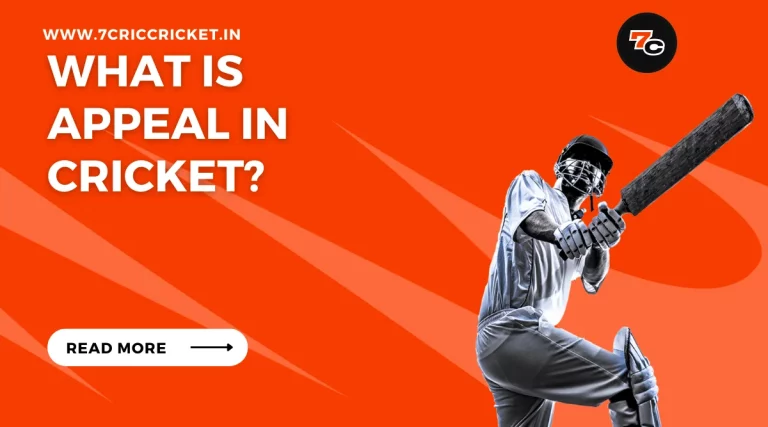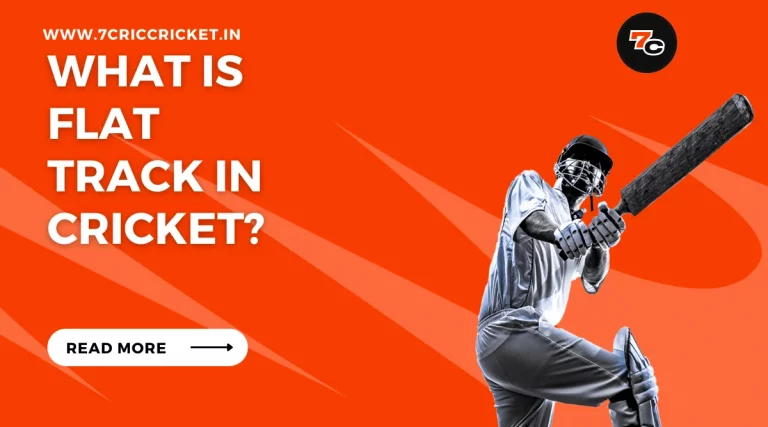What Is Duckworth-Lewis Method in Cricket?
The Duckworth-Lewis method is a mathematical formula used in cricket to calculate target scores in rain-affected matches.
Developed by statisticians Frank Duckworth and Tony Lewis, this method accounts for the number of overs remaining and the wickets lost to determine a revised target for the team batting second.
200% Spribe Aviator Welcome Bonus
200% Spribe Aviator Welcome Bonus
- UPI, Paytm, gPay & PhonePe withdrawals
- Fast deposits with UPI
- 450% Bonus up to ₹1,000,000
Despite its controversies, the Duckworth-Lewis method has had a significant impact on the outcome of cricket matches.
The Duckworth-Lewis method ensuring fairness and maintaining the excitement of the game in unpredictable weather conditions.
Summary & Key Takeaways
ShowHistory and Development
The history and development of the Duckworth-Lewis method in cricket can be traced back to the late 1990s.
The method was developed by statisticians Frank Duckworth and Tony Lewis, with the aim of providing a fair way to calculate target scores in rain-affected limited-overs matches.
The evolution of the method has been a result of numerous refinements and adjustments over the years.
It was first implemented in international cricket in 1997, during a One Day International (ODI) series between England and Zimbabwe.
Since then, it has been used in various formats of the game, including ODIs and Twenty20 Internationals (T20Is).
The implementation of the Duckworth-Lewis method in different formats has been necessary due to the varying nature of these formats.
In ODIs, where teams have a fixed number of overs to bat, the method calculates target scores based on the number of overs remaining and the number of wickets lost.
In T20Is, where matches are even shorter, the method takes into account the impact of each individual wicket on the target score.
Calculation of Target Scores
To calculate target scores in rain-affected matches, the Duckworth-Lewis method employs a precise algorithm that considers the number of overs remaining and the number of wickets lost.
This calculation accuracy is crucial in ensuring a fair outcome in matches interrupted by adverse weather conditions.
The Duckworth-Lewis method was developed as an alternative to the previous rain rule, which relied on a fixed run rate to determine target scores.
The Duckworth-Lewis method takes into account the fact that teams may lose wickets or complete fewer overs due to rain interruptions, affecting their ability to score runs.
By factoring in these variables, the method aims to provide a more accurate reflection of the match situation at the time of interruption.
Despite its accuracy, the Duckworth-Lewis method has faced criticism and alternative methods have been proposed.
One such alternative is the VJD method, which takes a slightly different approach to calculate target scores.
The VJD method considers the resources available to the batting team, including overs and wickets, and adjusts the target score accordingly.
Both methods have their merits, but the Duckworth-Lewis method remains the most widely used in international cricket. It has been refined over the years to improve its accuracy and fairness.
However, the calculation of target scores in rain-affected matches will always be a challenge, as it requires striking a balance between maintaining the integrity of the game and accounting for the unpredictable nature of weather interruptions.
Factors Considered in the Formula
Factors considered in the formula for calculating target scores in rain-affected cricket matches include the number of overs remaining and the number of wickets lost.
The Duckworth-Lewis Method takes into account these factors to adjust the target score for the team batting second.
Weighting factors are used to determine the impact of each over and wicket on the target score.
The formula assigns higher weights to early overs and wickets, recognizing their greater importance in determining the outcome of the match.
This ensures that the team batting second has a fair chance to chase the revised target based on the available resources.
Adjustments are made to the target score based on the number of overs remaining when the match is interrupted.
If rain interrupts the match during the first innings, the target is adjusted upwards to account for the lost overs.
On the other hand, if the match is interrupted during the second innings, the target is reduced to provide the chasing team with a realistic chance of reaching the revised target.
The Duckworth-Lewis Method employs a complex algorithm to calculate the target score, taking into consideration the various factors and adjustments mentioned above.
By incorporating these factors and adjustments, the method aims to provide a fair and balanced result in rain-affected cricket matches.
Controversies Surrounding the D/L Method
Surrounded by controversies, the D/L Method in cricket has sparked debates and discussions among players, fans, and experts alike.
While the method was introduced to address the challenges of interrupted matches, it has faced criticism for its impact on teams and the need for alternative methods. Here are some of the controversies surrounding the D/L Method:
- Complexity: One of the main criticisms is the complexity of the D/L Method. Many argue that it is difficult to understand and calculate, leading to confusion among players, officials, and spectators.
- Unfairness: Critics argue that the D/L Method can sometimes lead to unfair outcomes. For example, a team chasing a revised target may be at a disadvantage compared to the team batting first.
- Lack of adaptability: The D/L Method assumes that teams will score runs at a consistent rate throughout the innings. However, this does not always reflect the reality of the game, especially in situations where teams need to accelerate their scoring towards the end.
Despite these controversies, no alternative method has been universally accepted as a replacement for the D/L Method.
Various suggestions have been proposed, including the VJD Method, which aims to address some of the concerns raised.
However, implementing a new method requires consensus among cricketing authorities, and until then, the D/L Method continues to be used in rain-affected matches.
Impact on Cricket Matches
The D/L Method in cricket has had a substantial impact on the outcomes of matches, prompting discussions and debates among players, fans, and experts alike.
This statistical analysis-based method was introduced to address the challenges posed by interruptions due to rain or bad light, ensuring fair results in limited-overs matches.
One of the major impacts of the D/L Method is its ability to determine revised targets for the team batting second in rain-affected matches.
This has led to thrilling finishes and increased competitiveness, as teams now have a clear target to chase based on the revised calculations.
The method takes into account the number of overs lost and the resources available to each team, resulting in a fairer outcome.
However, the D/L Method has also faced criticism and comparison with other methods, such as the VJD Method.
While the D/L Method is widely accepted and used in international cricket, some argue that alternative methods may provide more accurate results.
The VJD Method, for instance, takes into account the par score at each stage of the game, allowing for more dynamic calculations.
Break Down the Duckworth-Lewis Method
In conclusion, the Duckworth-Lewis method is a mathematical formula used in cricket to calculate target scores in rain-affected matches.
Developed by Frank Duckworth and Tony Lewis, the method takes various factors into account, such as the number of overs remaining and the number of wickets lost.
Get up to ₹20,000 Bonus Every Week!
Get up to ₹20,000 Bonus Every Week!
- Fastest Indian Rupees Withdrawals
- Fast deposits with UPI
- 450% Bonus up to ₹1,000,000
Despite some controversies surrounding its application, the D/L method has had a significant impact on cricket matches.
It ensures fairness and provides a standardized approach to determining target scores in rain-affected games.
FAQs - The Duckworth-Lewis Method
How Is the Duckworth-Lewis Method Different From the Previous Methods Used to Calculate Target Scores?
The Duckworth-Lewis method differs from previous methods used to calculate target scores in cricket. The previous methods had limitations, such as not considering the impact of weather interruptions, which the Duckworth-Lewis method addresses by introducing a more accurate and fair calculation system.
Can the Duckworth-Lewis Method Be Applied to All Formats of Cricket?
The Duckworth-Lewis method is applicable to limited-overs formats of cricket, such as One Day Internationals and Twenty20 matches. However, it has limitations in accurately determining target scores in rain-affected matches, leading to debates and criticisms.
How Does the Duckworth-Lewis Method Take Into Account the Performance of Individual Players in a Match?
The Duckworth-Lewis Method in cricket does not specifically take into account the performance of individual players in a match. Instead, it focuses on the impact of weather conditions on the overall match result.
What Happens if a Match Is Interrupted Multiple Times Due to Rain or Other Factors?
When a cricket match is interrupted multiple times due to rain or other factors, it impacts the player performance and the overall outcome of the game. Accurate weather forecasting is crucial in ensuring fair play and determining the revised target using the Duckworth-Lewis method.
Are There Any Alternative Methods to the Duckworth-Lewis Method That Are Being Considered in Cricket?
Alternative methods to the Duckworth-Lewis method are being considered in cricket due to its limitations. These methods aim to address issues such as fairness, accuracy, and simplicity in calculating revised targets in rain-affected matches.


